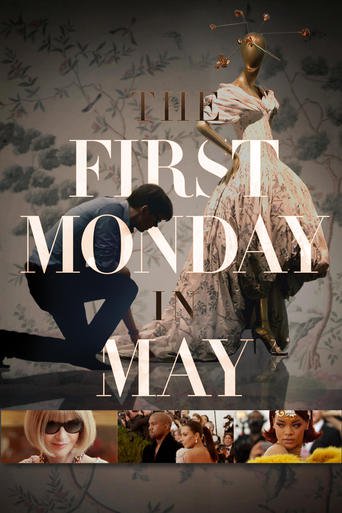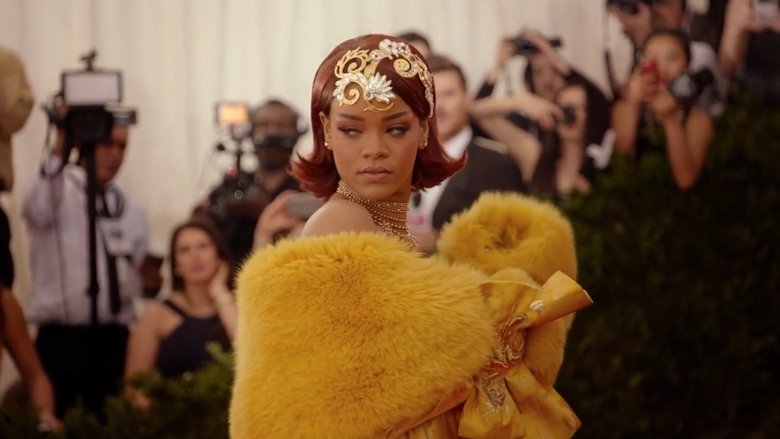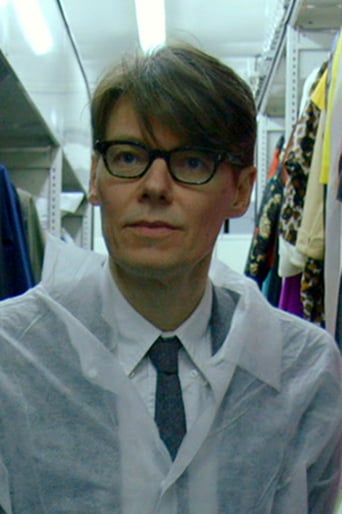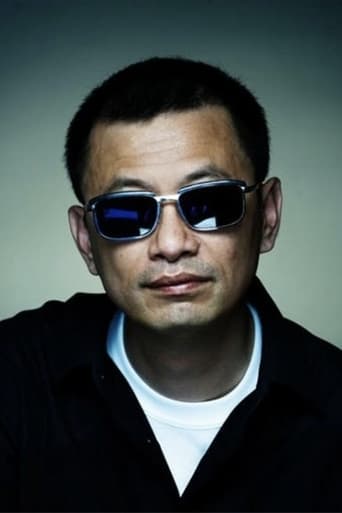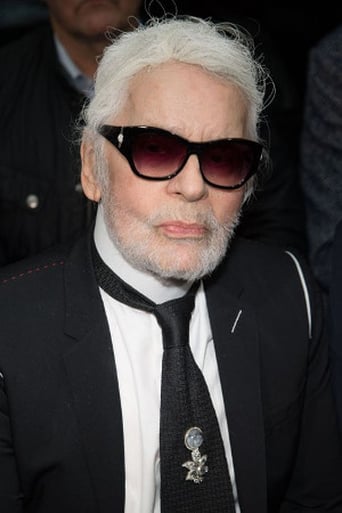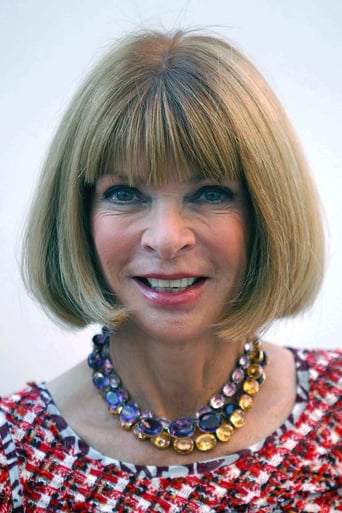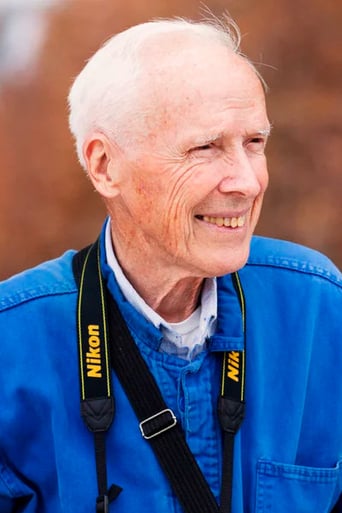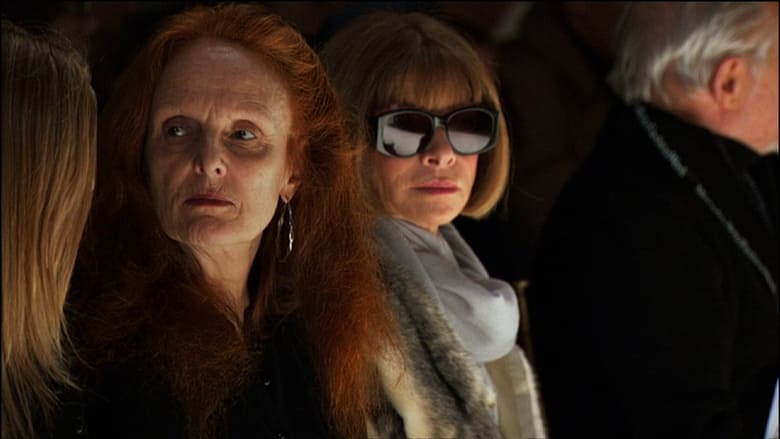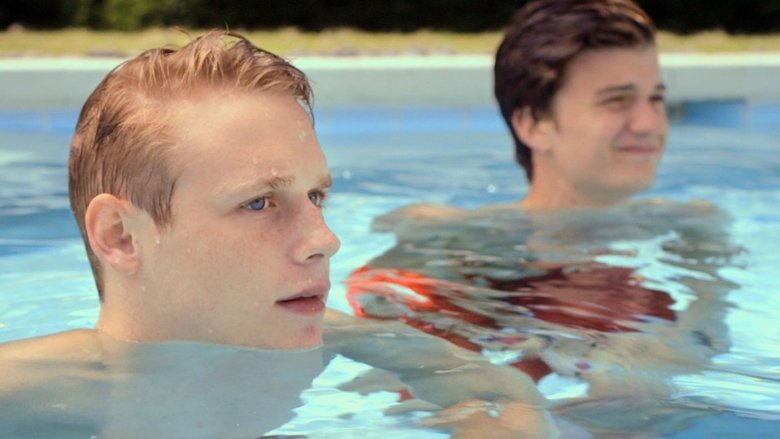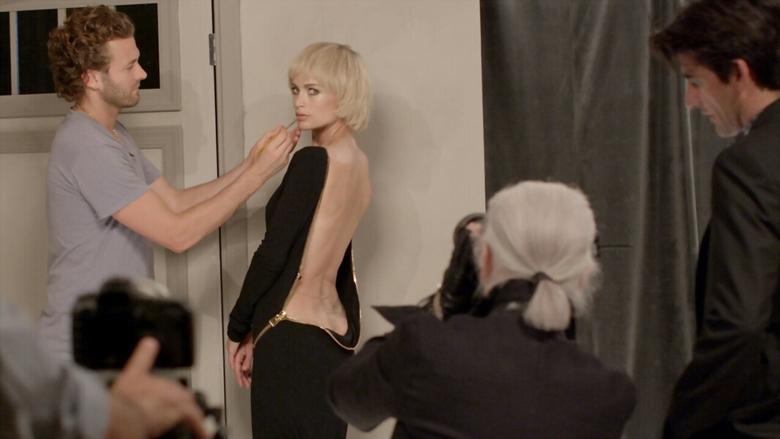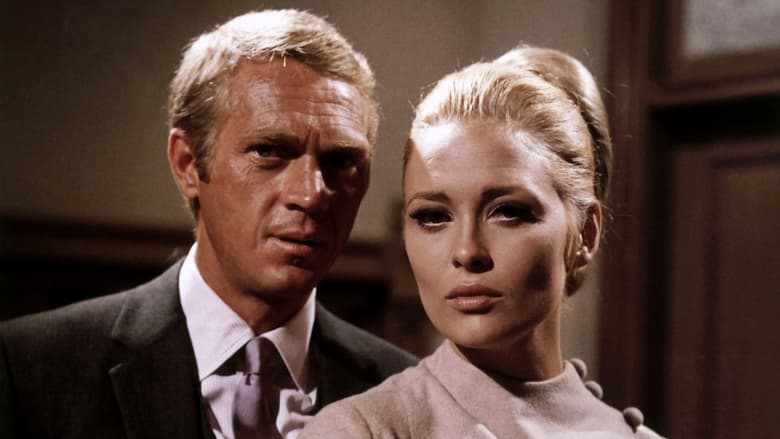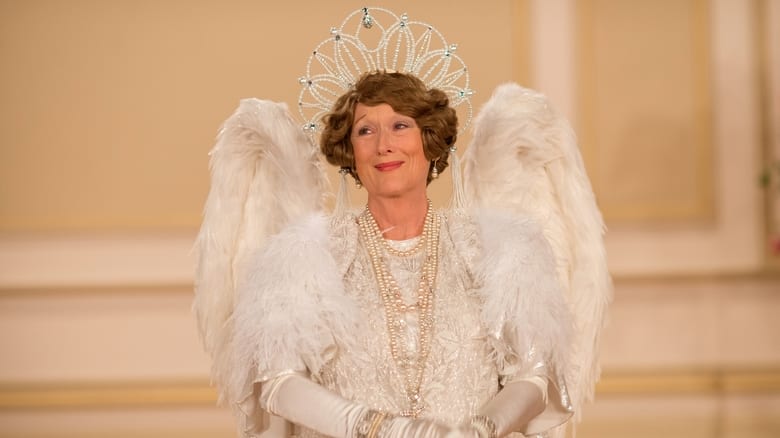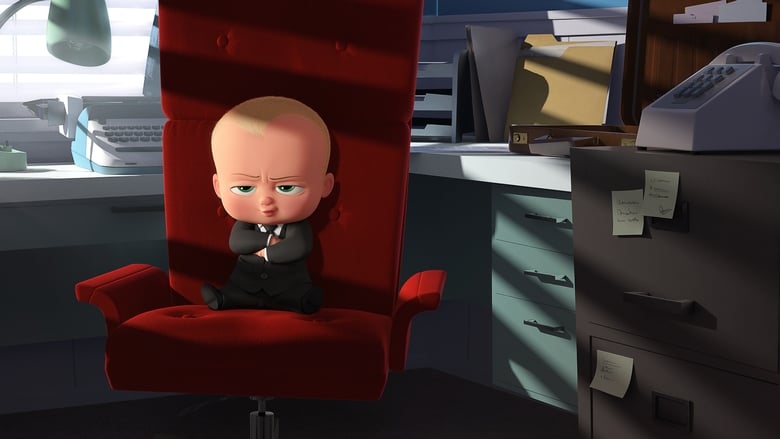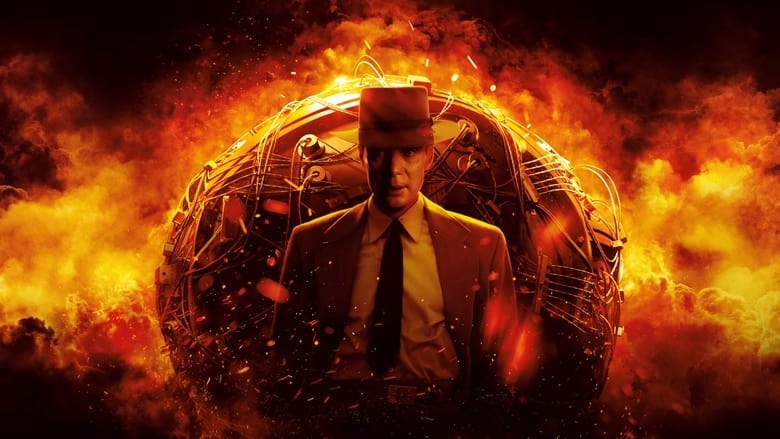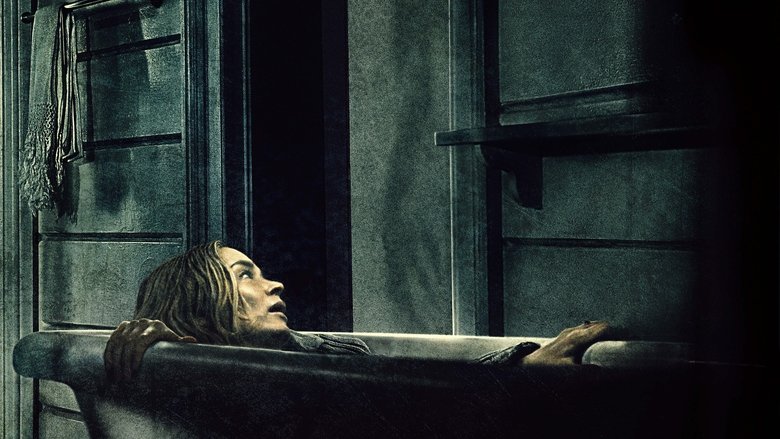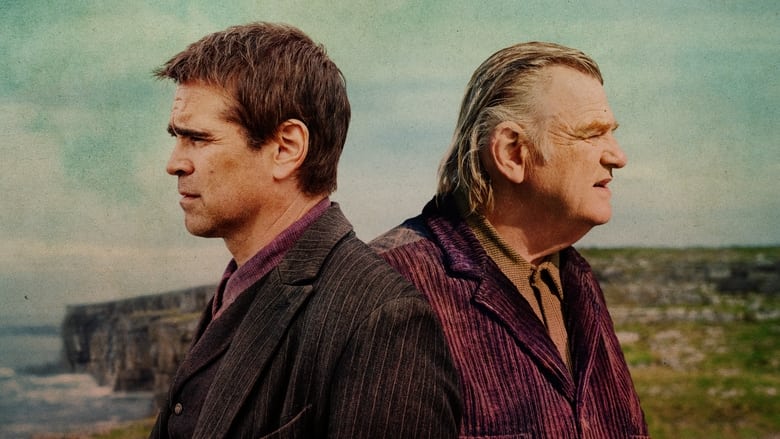Chronicles the creation of The Metropolitan Museum of Art's most attended fashion exhibition in history, "China: Through The Looking Glass," an exploration of Chinese-inspired Western fashions by Costume Institute curator Andrew Bolton.


Similar titles
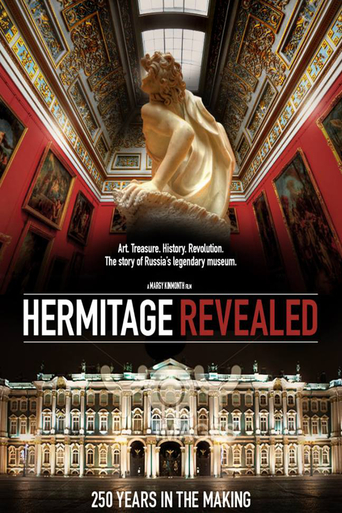
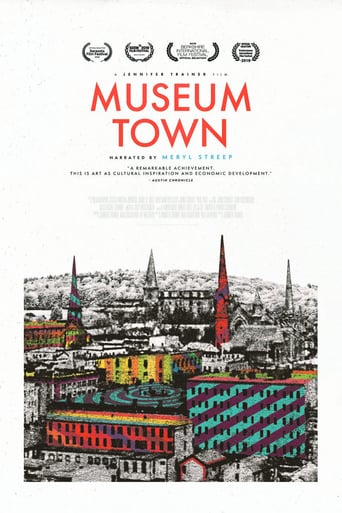
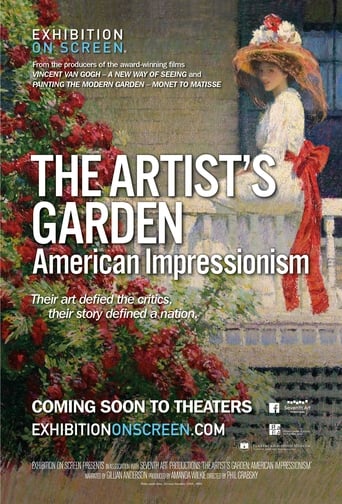
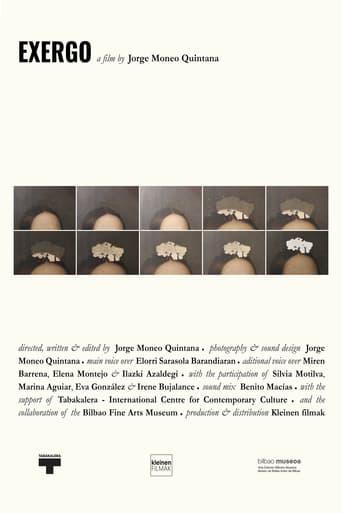

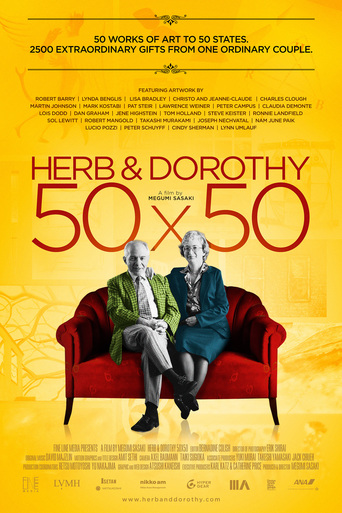
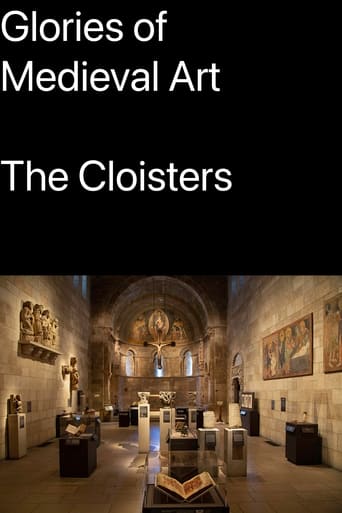
Reviews
"Are clothes Art?" This film addresses this question. A documentary about organising the Metropolitan Museum of Art annual fashion exhibition and dinner for celebrities and rich people that occurs on the night before the exhibition opens. The exhibition is organised by the so called "Costume Insitute", the department at the museum that collects clothes. The department clearly feels that it is considered a second class citizen at this museum, as we hear many, many, many times from all of the main players in this documentary, that the Costume Institute is part of making a modern Museum that "does not have the traditional C19th view of art".However, what these people forget is that the Metropolitan Museum of Art is already very far from that. Indeed their stereotypical image of "what Art is", namely 'paintings and sculpture' was never true of many Americans museums, let alone this museum. Such American museums collected "non-Western" art from the beginning of the C20th. Thus, collecting "clothes as Art" not radical as Anna Wintour (editor of US Vogue) and the Costume Institute (lead by Bolton and Koda) suggest. However, what is confusing is the blurring the line between curatorial scholarship, and commercial sponsorship which the Costume Institute often proposes. (This is far from unique, as many museums in the Western world now suffer from this dilemma.) Thus, the exhibition organiser Andrew Bolton wears the clothes designed by his husband in at least half the film (this is not revealed, but the designs are very distinctive). The tension between scholarship and fashion is also featured in the film. A curator in the Asian Dept at the museum (who speaks Chinese to the Chinese designer of the exhibition) is always worried that the gloss of the high fashion will over shadow his galleries. Frankly, what did he really expect?! As viewers will see, for this exhibition the museum decided to put half the clothes in the Asian gallery space, and not in normal exhibition gallery space. I saw the exhibition and have to say this unique design ploy was very nice to see.So what is lacking is this documentary? Any serious discussion of the important intellectual issues. Any real attempt to edit idiosyncratic details from an objective account how to to mount a scholarly exhibition at the best museum in America. For example, why does Andre Leon Talley feature so strongly in this documentary? What do we have to see a photo of Bolton as 19 year old and vintage footage of London fashion in the 1980s and Bolton ruminating on the "bravery of new Romantics"? Nothing to do with China or the exhibition. Who comes off well? Karl Lagerfeld: "We make clothes, not art." Jean-Paul Gaultier, who knows the history of fashion. He walks around the opening and knows about cabinets' contents and artists - amazing!Weird facts: if you are a "special" museum trustee (Wintour) you can walk around the museum with cup of coffee whenever you want! For those who do not no visit museums, this is strictly forbidden for the rest of the world.The gala raises "$12,500,000" for a museum that requires $390,000,000 annual, OK every dolla 'elps, but all da hoopla fir waah?Would I recommend this film? Not really, as we learn nothing new about fashion, fund raising, or mounting museums exhibitions.
Now, the only reason I saw this documentary, given the fact that I am not interested in fashion at all, is that I was forced to because of my job. Not that I am complaining, though. Even if I don't care about the movie's subject matter, I still think the behind-the-scenes look at the effort put in organizing such a huge event is quite fascinating.What also is quite fascinating is something that I have suspected for many years already, but this movie showed it do me clearly - way too many of the people in fashion industry are staggeringly uneducated when it comes to anything that is not fashion. I mean, yeah, you see, they know how to dress, how to talk, how to write in a way that makes them appear intelligent, they use "big" words like "soigne", they constantly talk about the aesthetic qualities of this or that, but underneath all posturing they are, well...A few spoilers here.Anna Wintour, probably the most famous fashion magazine editor in the world, literally, and I mean literally, can't differentiate a piece of furniture from a work of art. Seriously, she is a trustee at the biggest art museum in the world, she organizes huge events in the said museum every year, and yet... Well, see the movie and decide for yourselves. And there are worse examples. Although the theme of the exhibition the documentary is about is China, we hear people talking about Kabuki, Geisha, etc. One of the people organizing the exhibition literally suggests that Mao Zedong be depicted as some sort of a deity to Chinese people, equal to Buddha or something like that. To give credit where credit is due, I must say that the makers of the movie did not try to hide what the Chinese thought about the West interpreting their culture. Needless to say, they didn't like it very much. (On a side note, this movie was quite the eye opener for me when it came to things like cultural appropriation - because now I know why so many people frown upon it. Because when you take something from a culture you don't know and understand, and you twist it and pervert it without even realizing what you're doing... Well, some people will get offended - and rightfully so.) Luckily, the art director of the exhibition was Wong Kar-Wai - and he, at least in this movie, seemed to know what he was doing. I am not much of a fan of his, but he was there to tell the fashion men and women running amok to stop, to consider the possibility that what they're doing is not going to give them the results they are after... And, well, at the end, the exhibition, from what I saw, the exhibition turned out pretty beautiful - which is what is important. And don't get me wrong, I am not saying that Wong alone made it beautiful - many people worked hard on this, and I can only praise them for doing their job well enough.When it comes to the people shown in this movie... I am glad I don't know Anna Wintour. Seriously, she is horrible. May be her work for "Vogue" is exceptionally good, I don't know... I hope it is, because I can't think of any reason for anyone to tolerate such a rude, uneducated, pretentious snob. That being said, Andrew Bolton seems like a genuinely nice person, and someone who cares deeply about what he is doing. Wong Kar-Wai is cool - and, to me, at least, surprisingly rockstarish when it comes to attitude and confidence. The others... Well, they are colorful characters, to say the least.All in all, this is a nice documentary. Not the best, not the worst. I recommend it, even if you are not interested in fashion.
"It's quite easy to dismiss a fashion designer's engagement with China as being inauthentic." Andrew Bolton The First Monday in May sumptuously depicts the activity surrounding the 2015 China Through The Looking Glass exhibit at The Metropolitan Museum of Art. The star is Bolton, curator of the museum's Costume Institute, who engineers everything from costume production to how wide the train on a gown should be displayed.In addition to that micromanagement, he has to deal daily with trustee and fashion icon, Anna Wintour, who seems blessedly serene and helpful with suggestions. In other words, everyone defers to Bolton, a genius in whom anyone would trust for the right taste and talk.The show itself seems more interested in catching celebs (Justin Bieber appears more than once) than deconstructing the cross cultural richness implied by the title. In fact, I couldn't find many Asians around any of the events or work. "appropriating Chinese symbols" is the point made by a Wintour questioner.But then, execs must have been more worried about the outlandish sum they paid to Rihanna to perform. BTW, her costume took two years to make, and it's a true spectacle. Kim K's butt is also generously displayed.Any cultural inauthenticity didn't seem to hamper the spectacular displays, right down to a dress covered with dishes. As one of the thousands who saw the Alexander McQueen retrospective in 2011, I commend the museum for the splendor of which it is capable.
One of the great things about movies is they expand our horizons – if we let them. Learning new things, broadening our world view, even discovering new interests. All can be benefits of watching a well-done film, regardless of the topic, but the individual Movie Fan first must decide to invest the time – and do so with an open mind. For many years, I didn't care to see documentaries until I actually started watching documentaries. I discovered for myself that they don't just inform, but they cover many different topics, come in many different styles, can be extremely creative and can even be surprisingly entertaining. Before seeing "The First Monday in May" (PG-13, 1:30), I didn't have much interest in the world of fashion. Afterwards, I still don't. But that doesn't mean that in watching this doc I didn't learn new things, expand my world view, discover new interests, or appreciate the film's quality. Au contraire.This documentary examines some important aspects of fashion against the backdrop of planning and executing the biggest fashion exhibition ever at New York's Metropolitan Museum of Art. Fashion world icons including European designers such as Jean-Paul Gaultier and Karl Lagerfeld discuss whether high fashion is simply "applied art" or whether it can (and should) ever be considered its own category of art, on par with painting, sculpture and architecture. Then we see Andrew Bolton, curator of the Met's Costume Institute, work with Vogue editor Anna Wintour (the alleged inspiration for Meryl Streep's character in 2006's "The Devil Wears Prada") as they blur that line further with their annual Met Ball.On the first Monday of May, the Costume Institute Gala (as the Met Ball is officially called) brings together people from the worlds of fashion, politics, high society, the arts, music and film for a lavish evening which serves as the most important fundraiser of the year for the Costume Institute at the Metropolitan Museum of Art. According to the film, "The Met Ball is the Super Bowl of social fashion events." Almost every year, the gala includes a themed exhibition combining fashion with other forms of art. The Met's exhibition "Alexander McQueen: Savage Beauty" in 2011 (the year after McQueen's death) was the gala's most popular, but also created a standard that the Met Ball struggled to surpass."On the First Monday in May" is documentary filmmaker Andrew Rossi's look behind the scenes as the Met tries to top that 2011 exhibition with its 2015 theme "China: Through the Looking Glass". We see the planning and preparations for the exhibition as the main players discuss and disagree over issues ranging from aesthetics to cultural sensitivities. Some of the planners even fly to China to talk about the exhibition with the Chinese government and to promote the event, while Wintour, the long-time gala chairperson, works with her staff on which celebrities are coming, how to avoid potential problems in the seating arrangements and whether they can afford Rhianna, who has been scheduled to perform at the dinner. As the months leading up to the 2015 gala seem to fly by, Vogue is also moving its offices to One World Trade, the Met staff is increasingly worried about whether the exhibition can be finished in time and everybody wonders if the 2015 Met Ball will be as successful as they want and need it to be.This documentary is worthwhile, but unexceptional. It's well-balanced between establishing context, gathering first-person commentary from all the major players and utilizing Rossi's extraordinary access to the places and moments that he needs to tell this story. The film is educational and interesting, but not especially creative or exciting. The high points include taking in the splendor of the finished exhibition, checking out the beautiful outfits the celebrities chose to wear to this major event with such a specific theme, and seeing how many famous faces you can spot among the attendees. Of course, you have to actually see the film to enjoy any of that. A Movie Fan who only wants to laugh or see stories of death and destruction may not enjoy this movie, but open-minded cinephiles, and fans of art, fashion and celebrity culture, almost certainly will. "B+"
